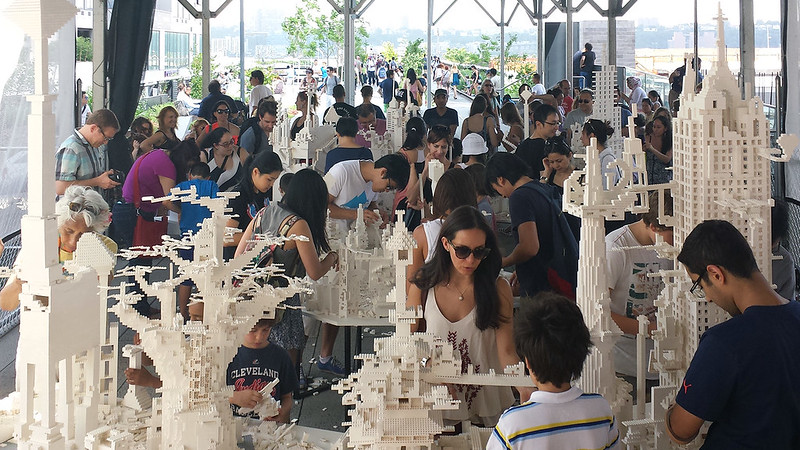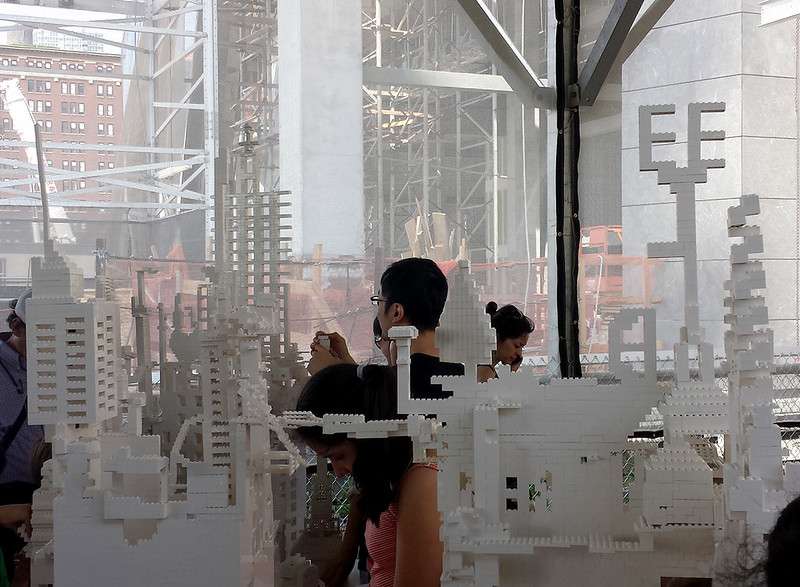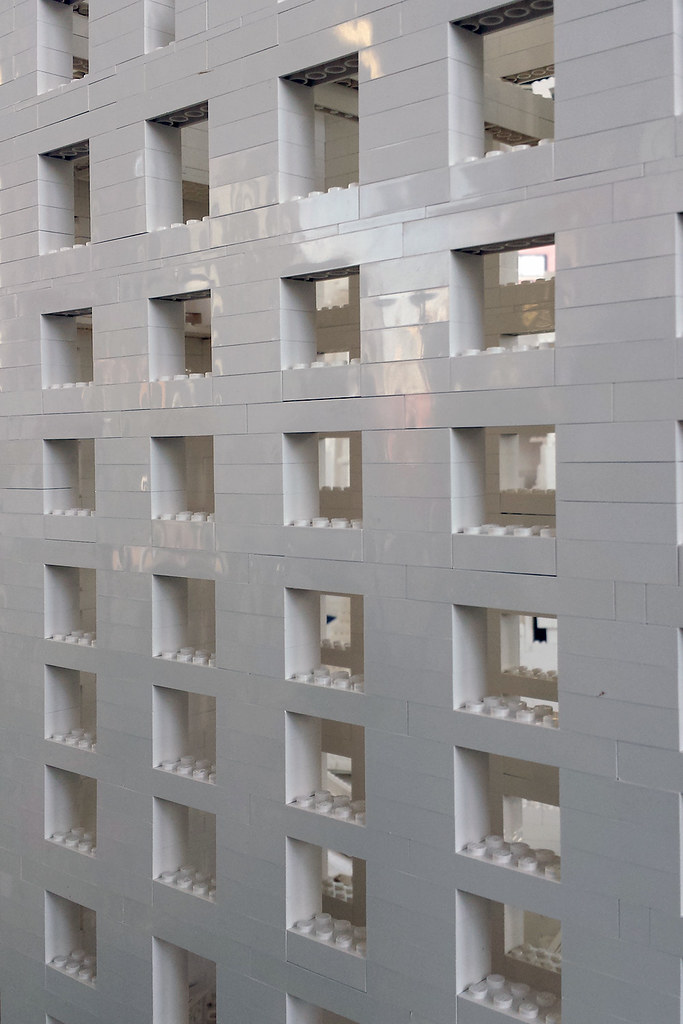Mark your calendars: MAD (Museum of Arts and Design) is presenting a retrospective of director Andrei Tarkovsky's films this Summer. Andrei Tarkovsky, Sculpting in Time "presents the work of the revolutionary director and includes screenings – all on 35 mm – of all seven feature films and a behind-the-scenes documentary." The retrospective starts on July 10, with one film screened per week until August 28.

[Nostalghia, 1983, Andrei Tarkovsky, image courtesy of Kino Lorber]
To date I've only seen Nostalghia from 1983, his first film made outside of Russia. It is, like the rest of his films (or so I've been told and read), a slow and meditative film. It is so full of poetic images that it is easily one of the best films I've ever seen; it is cinema as a true art form. It made me want to see the rest of the films, but it's often hard to devote more than two hours to one of Tarkovsky's films or to get in the mood for them – they are the antithesis of today's binge-watching screen culture. Perhaps I needed MAD's retrospective as an excuse to finally see Solaris, Stalker, Ivan's Childhood, Andrei Rublev, The Mirror, and The Sacrifice, not to mention the documentary Directed by Andrei Tarkovsky that came out in 1988, two years after the director died.

[Nostalghia, 1983, Andrei Tarkovsky, image courtesy of Kino Lorber]
The name of the MAD program takes its name from a book by Tarkovsky, Sculpting in Time, of which I've read only parts but can nevertheless see the parallels between his words and his images. He writes near the end: "Today it seems to me far more important to talk not so much about art in general or the function of cinema in particular, as about life itself; for the artist who is not conscious of its meaning is unlikely to be capable of making any coherent statement in the language of his own art." Tarkovsky's statements may not always be obvious, but like any poetry, his films are worth watching to discover meaning and to behold as things of beauty.

[Nostalghia, 1983, Andrei Tarkovsky, image courtesy of Kino Lorber]
To date I've only seen Nostalghia from 1983, his first film made outside of Russia. It is, like the rest of his films (or so I've been told and read), a slow and meditative film. It is so full of poetic images that it is easily one of the best films I've ever seen; it is cinema as a true art form. It made me want to see the rest of the films, but it's often hard to devote more than two hours to one of Tarkovsky's films or to get in the mood for them – they are the antithesis of today's binge-watching screen culture. Perhaps I needed MAD's retrospective as an excuse to finally see Solaris, Stalker, Ivan's Childhood, Andrei Rublev, The Mirror, and The Sacrifice, not to mention the documentary Directed by Andrei Tarkovsky that came out in 1988, two years after the director died.

[Nostalghia, 1983, Andrei Tarkovsky, image courtesy of Kino Lorber]
The name of the MAD program takes its name from a book by Tarkovsky, Sculpting in Time, of which I've read only parts but can nevertheless see the parallels between his words and his images. He writes near the end: "Today it seems to me far more important to talk not so much about art in general or the function of cinema in particular, as about life itself; for the artist who is not conscious of its meaning is unlikely to be capable of making any coherent statement in the language of his own art." Tarkovsky's statements may not always be obvious, but like any poetry, his films are worth watching to discover meaning and to behold as things of beauty.























